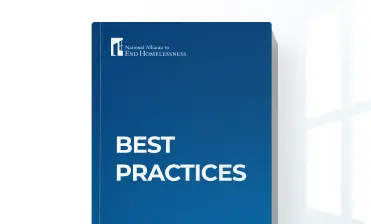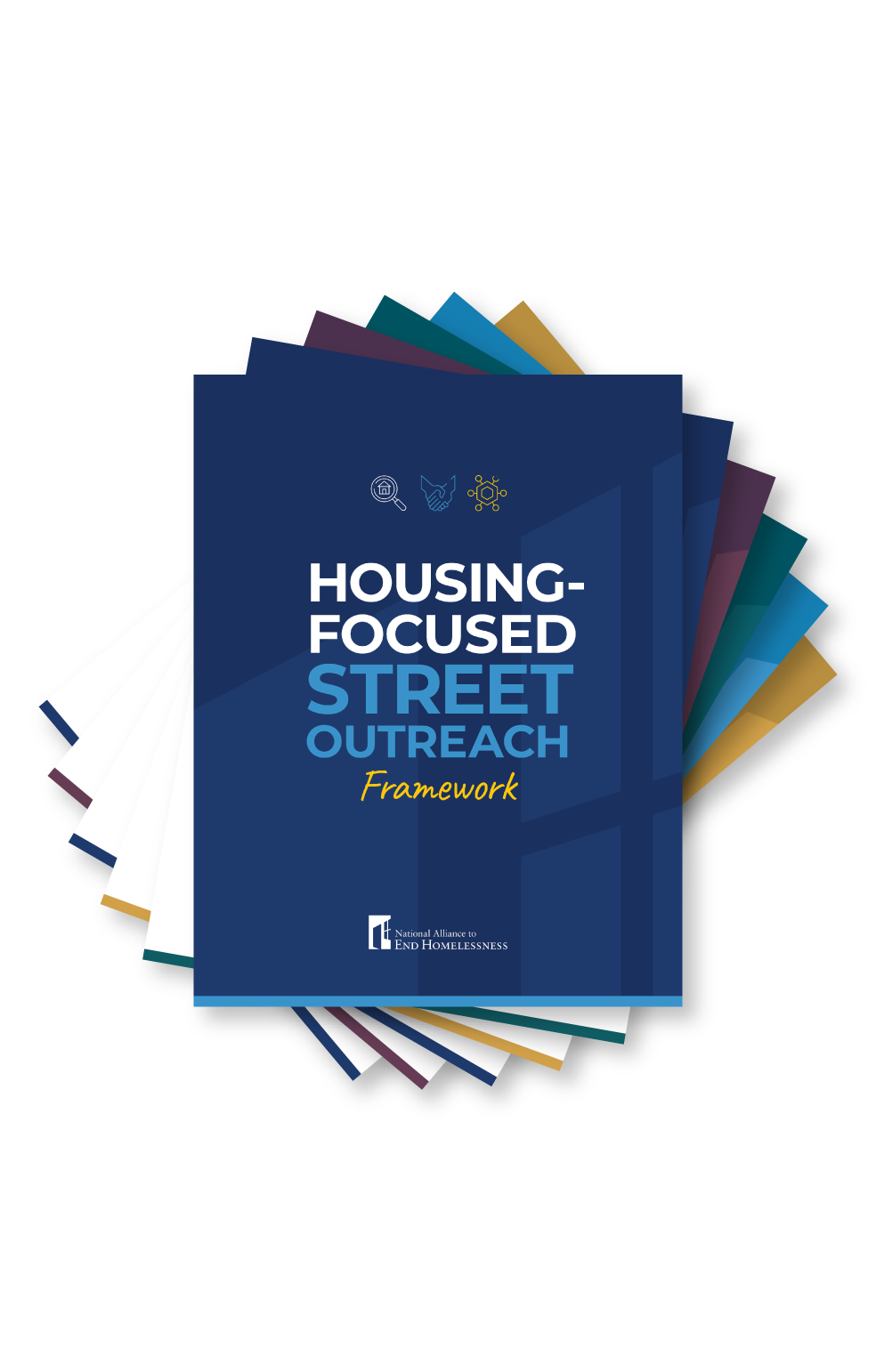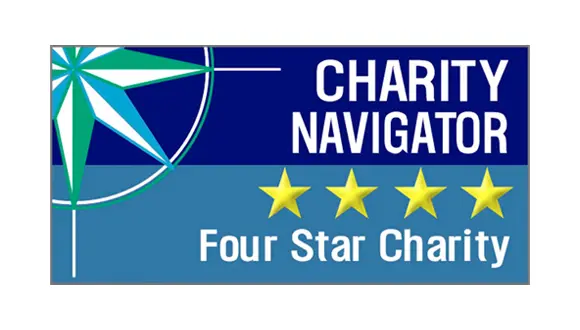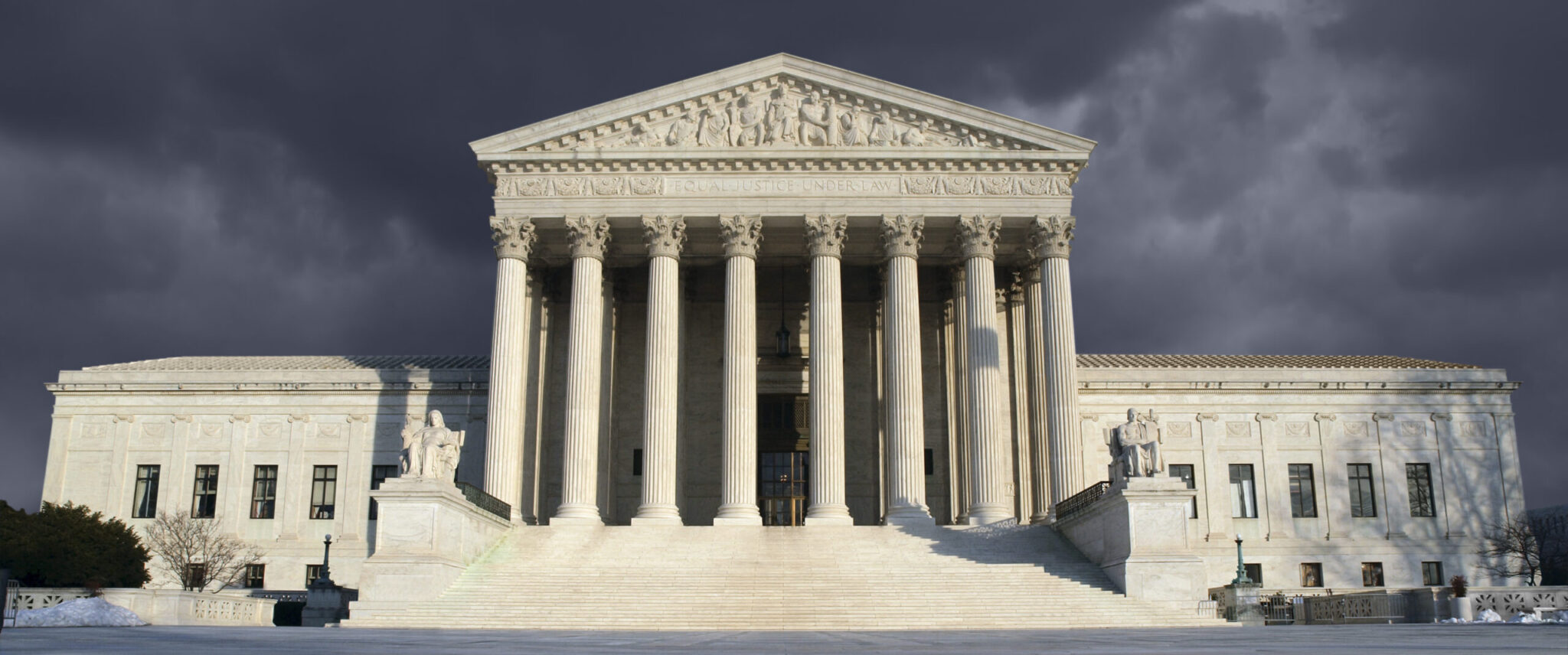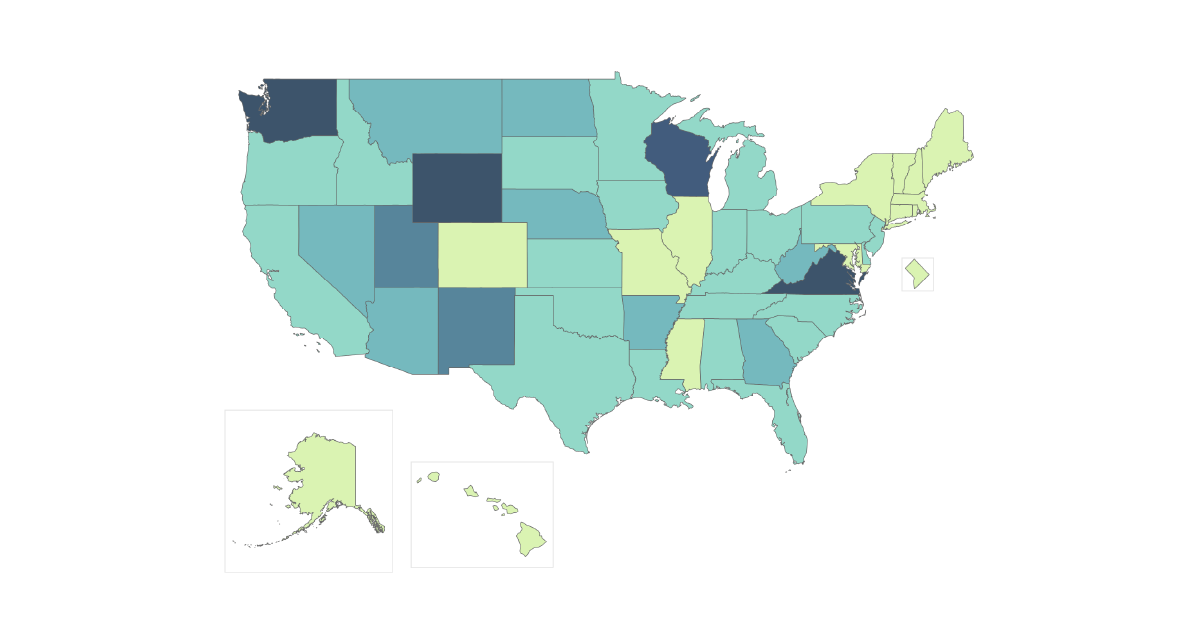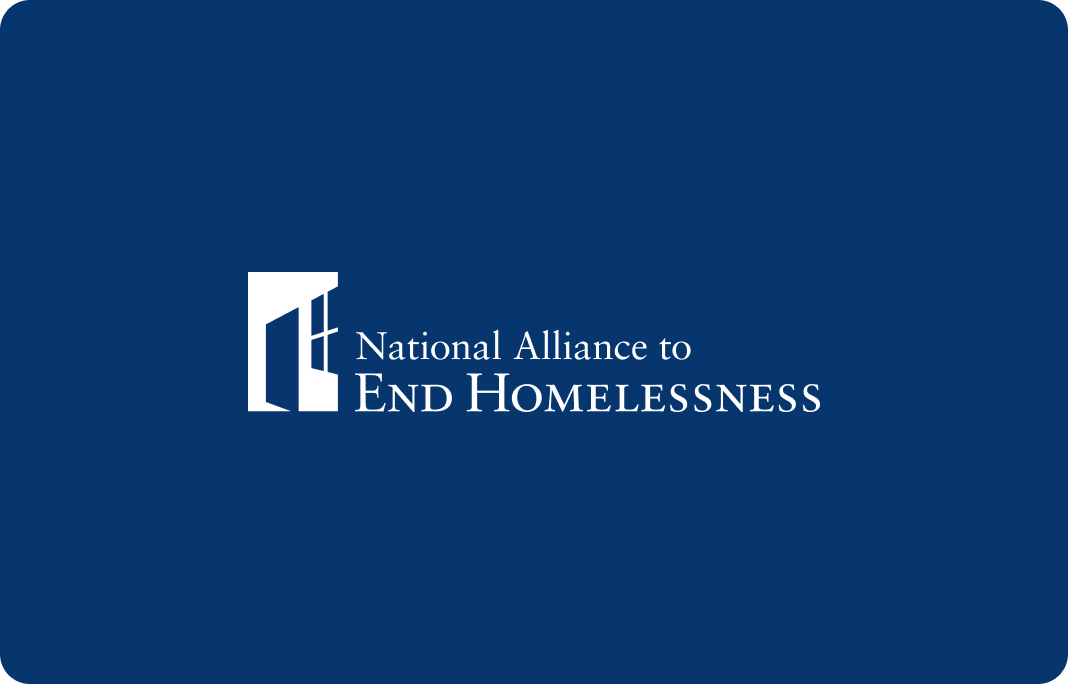More than 9 million people receive housing assistance through rental assistance programs (Public Housing, Section 8, Section 202, Section 811, and Housing Choice Vouchers.) run by the U.S. Department of Housing and Urban Development (HUD). A new snapshot from the Alliance’s Homelessness Research Institute examines the potential impact of eliminating these critical programs. While the Alliance does not anticipate such dramatic cuts, the data is clear: any cuts to these important programs will result in people losing their current housing, placing them at risk of homelessness.
Homelessness is traumatic, dangerous and costly: keeping people in their current housing situation is far more efficient (and far less expensive) than the cycle of shelter, emergency room visits, and service interactions that communities may experience when someone becomes homeless.
Administered by HUD, these programs provide federal rental assistance to millions of households—and still, funding only reaches 1 in 4 households eligible for this assistance. While HUD is systemically underfunded, communities use the limited funds they do receive to target assistance to older adults, disabled people, and people who work hard yet make extremely low incomes. Any cuts will destabilize the individuals and families who receive this assistance and will hurt the communities they live in. Policymakers should take this risk seriously and provide the funding necessary to sustain existing programs and expand them to more people in need.
Methodology
To create this snapshot, the Homelessness Research Institute analyzed data from HUD’s Office of Policy Development and Research.
This data includes people who receive federal rental assistance through any of the following programs: Public Housing, Section 8, Section 202, Section 811, and Housing Choice Vouchers.
It does not include people who receive Permanent Supportive Housing, Other Permanent Housing or Rapid Re-Housing unless this housing is funded through one of the programs listed above. It also does not include people who live in units that receive federal funding to preserve their affordability, like Section 236 or Moderate Rehabilitation.
Stay Updated: Solutions, Stories, and Ways to Make an Impact
Sign up to receive updates on the Alliance’s work, including the latest research, advocacy efforts, and real stories of progress — plus ways you can help drive lasting change.





